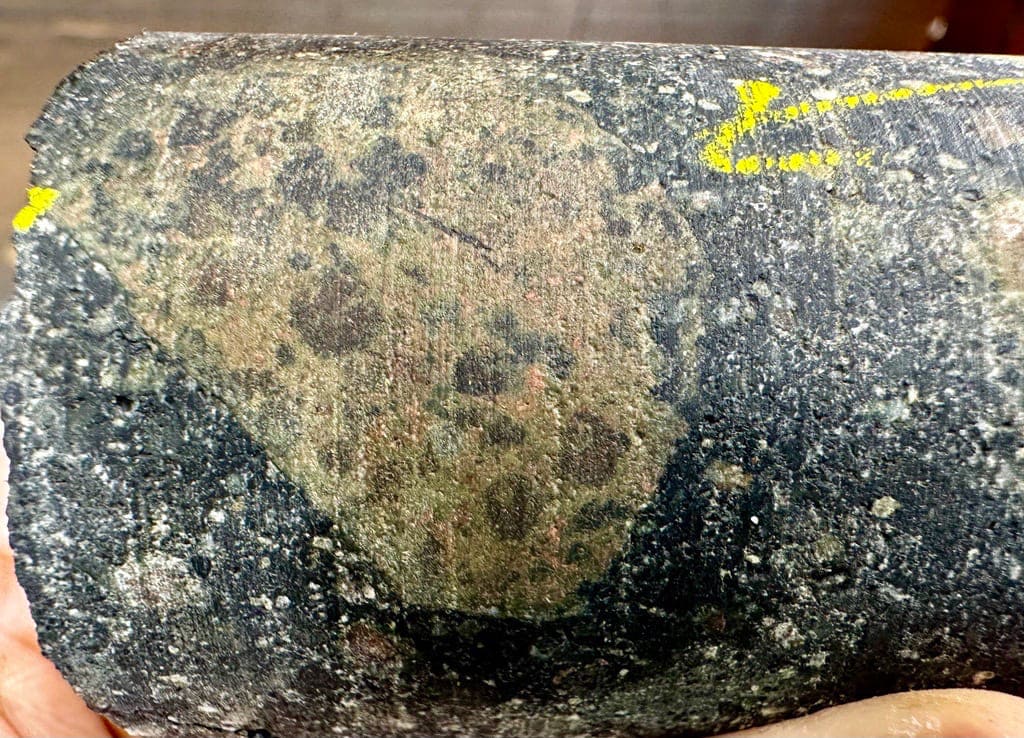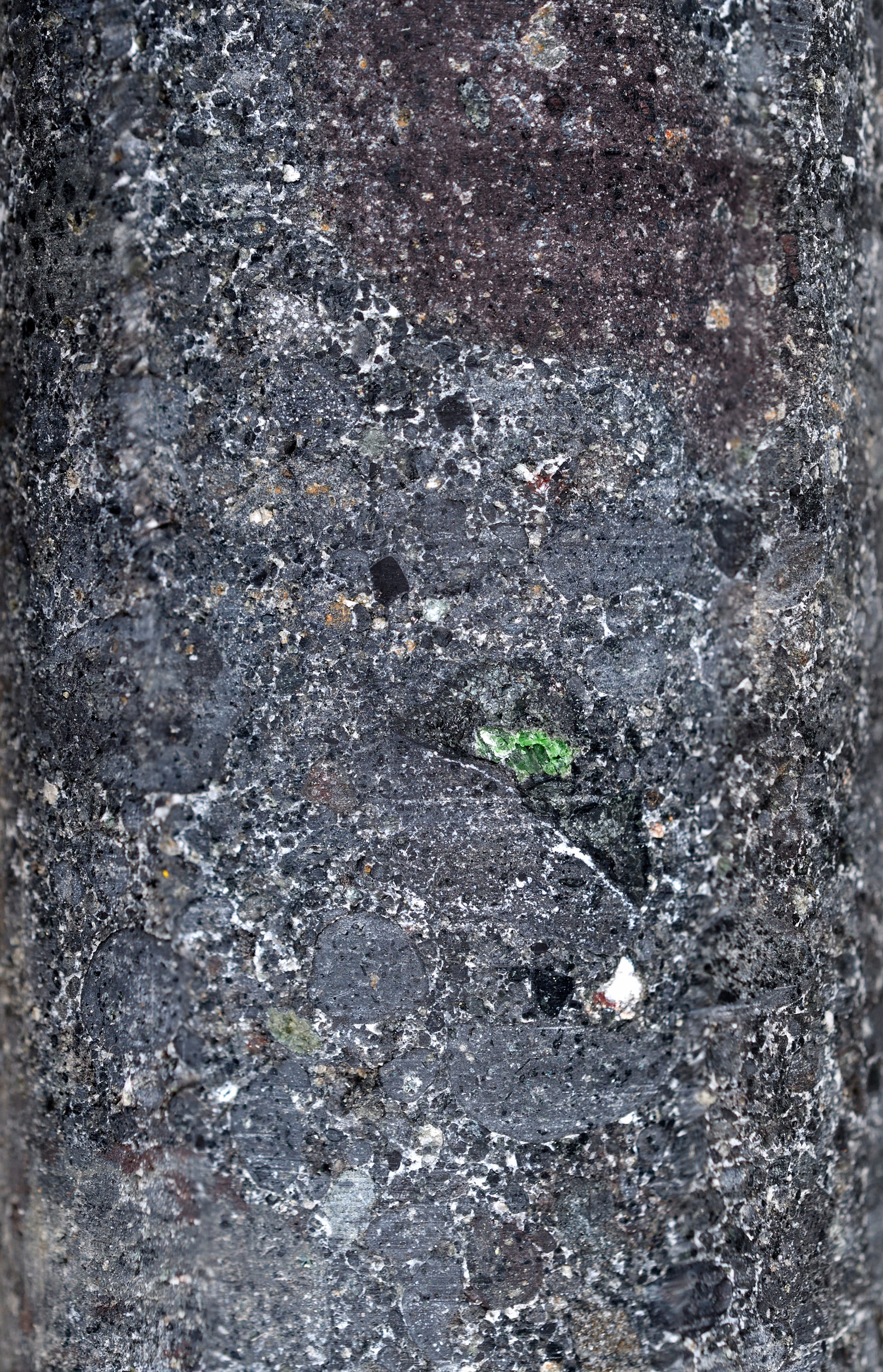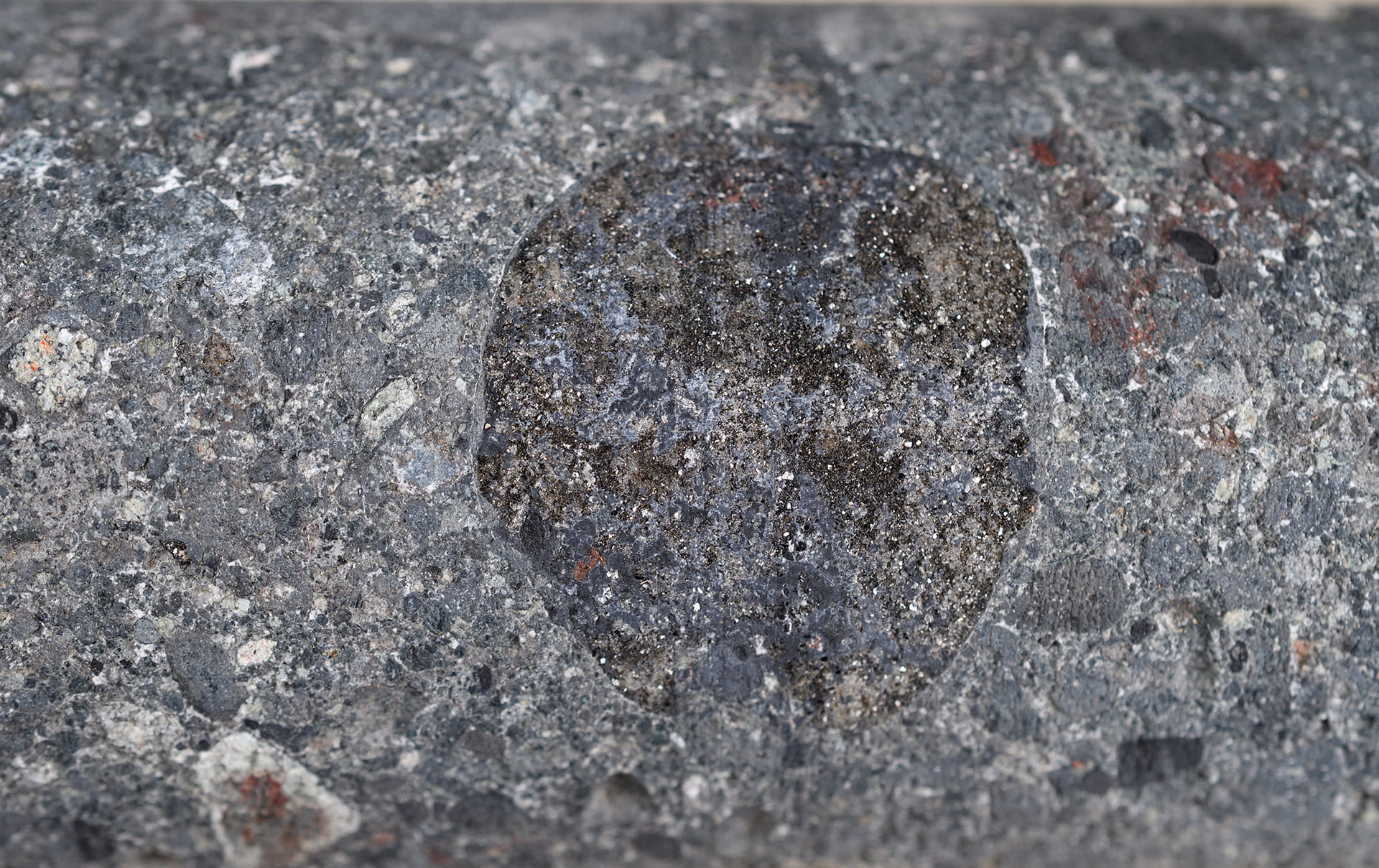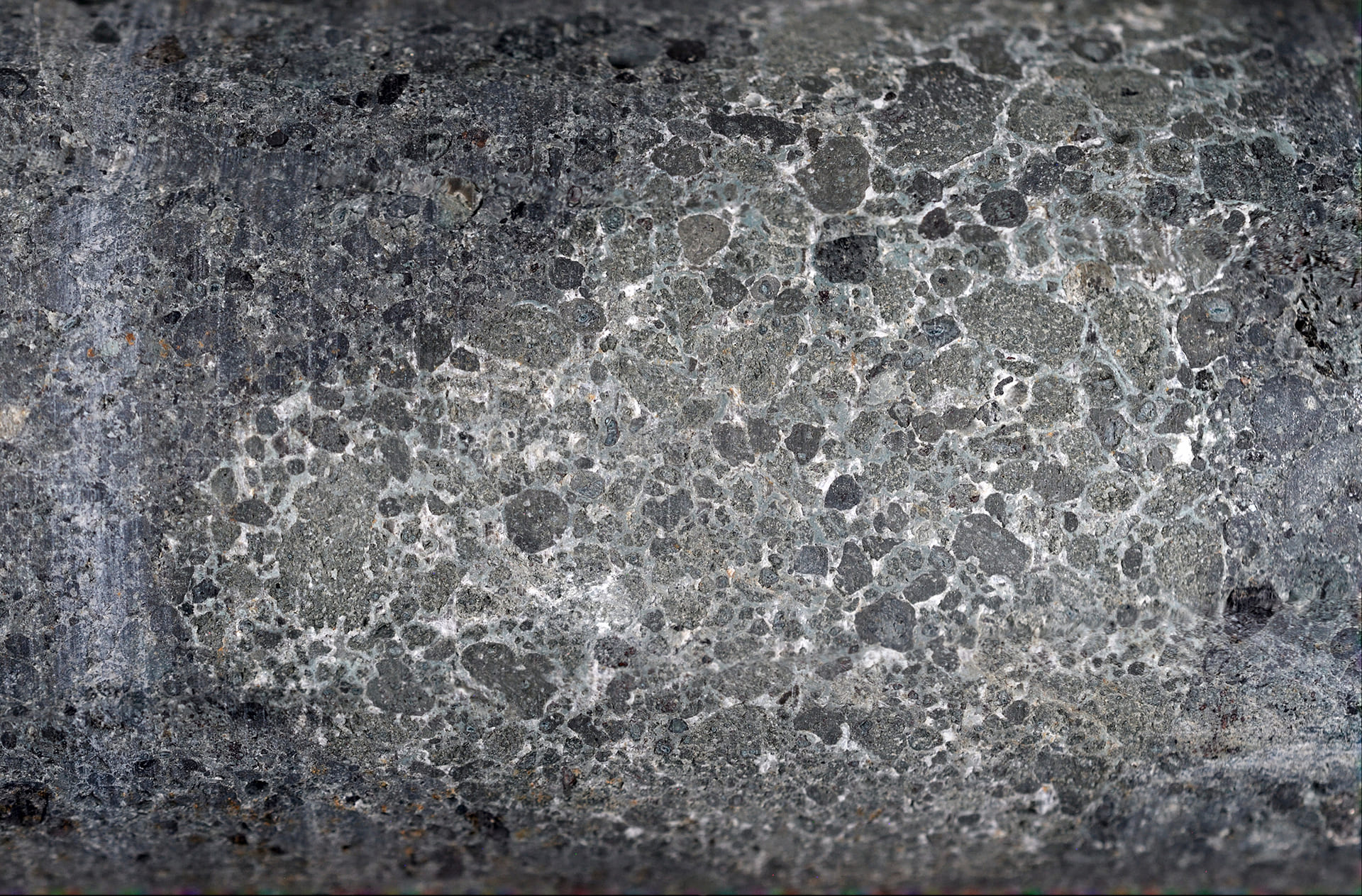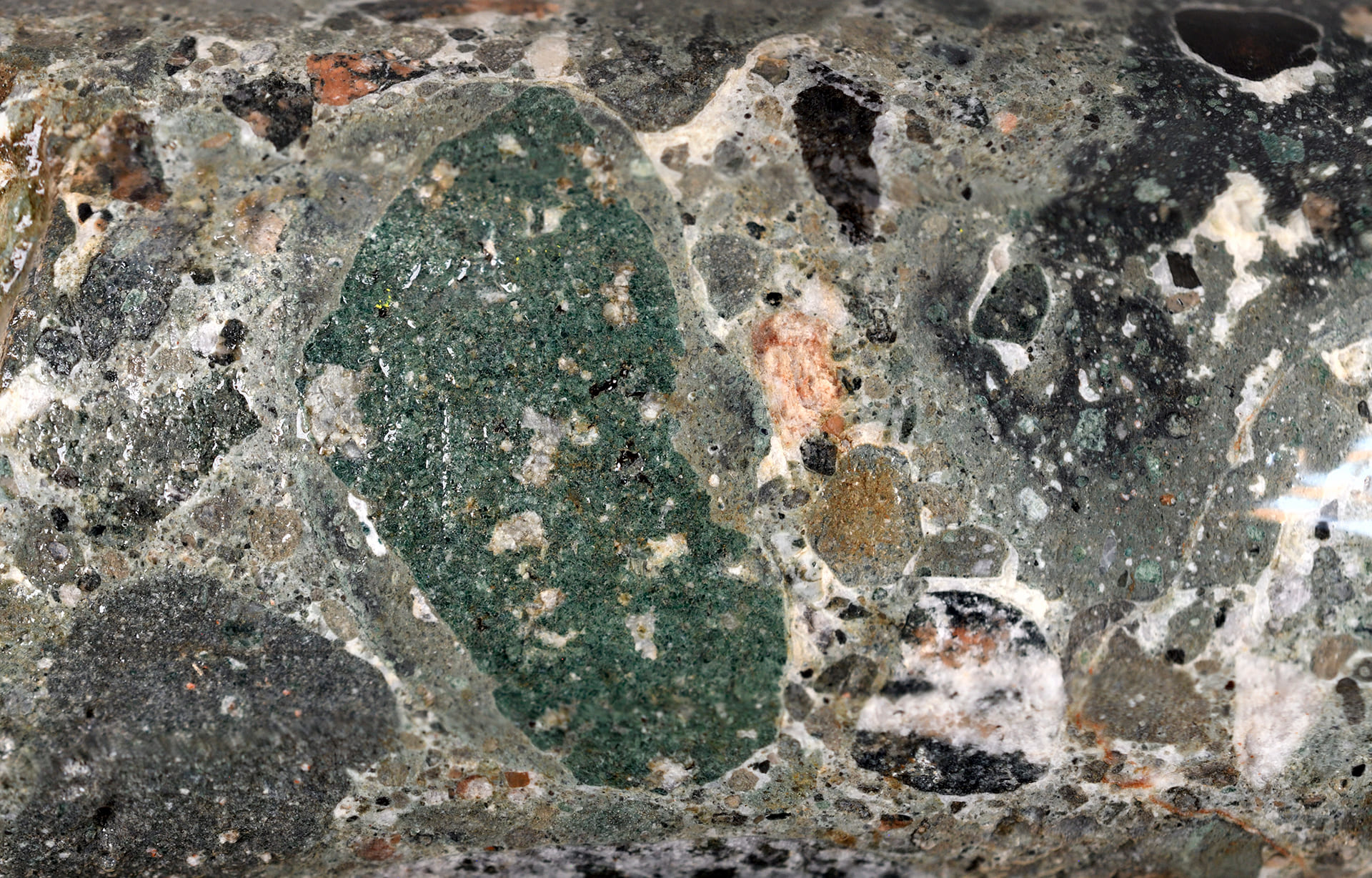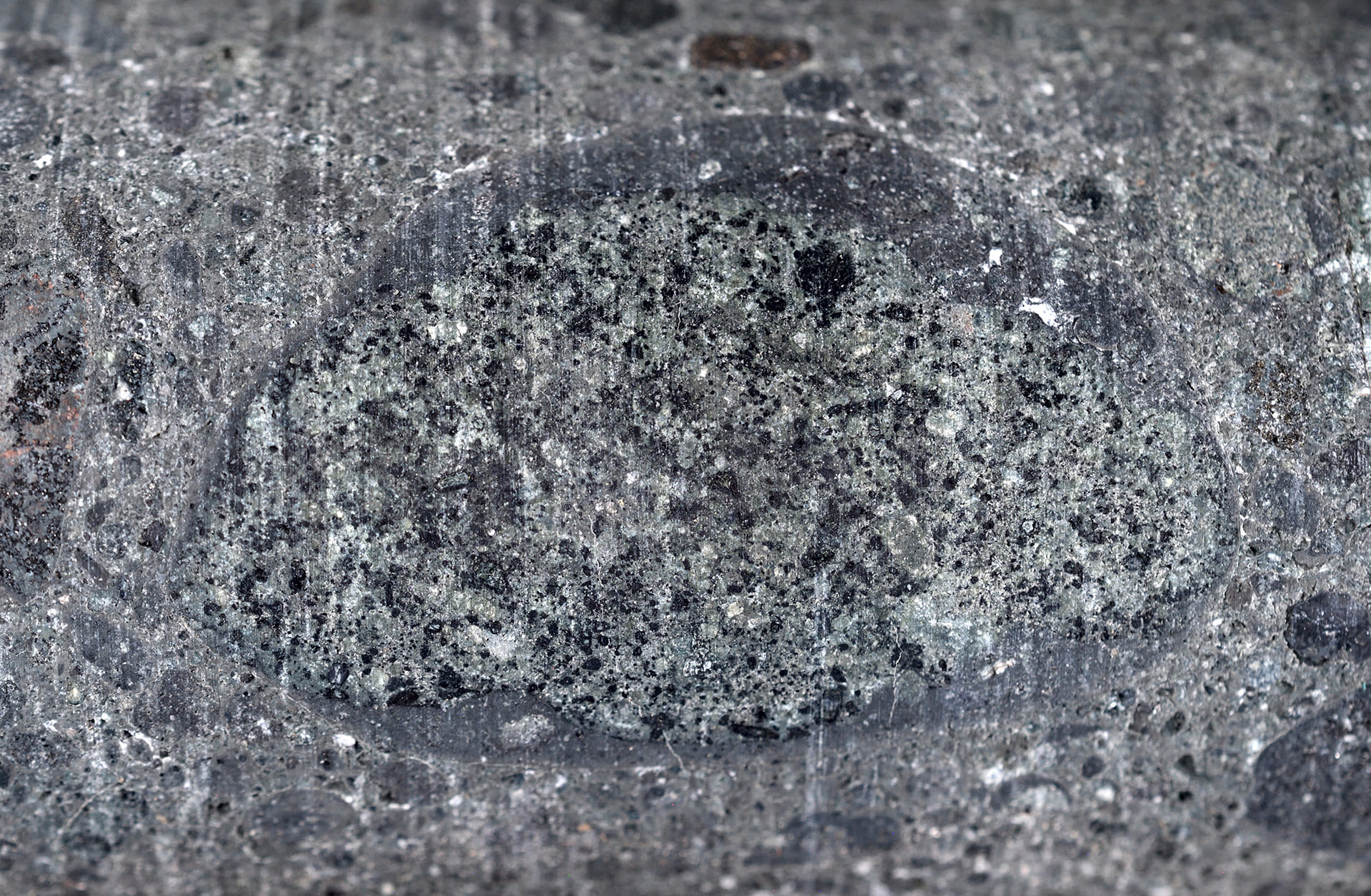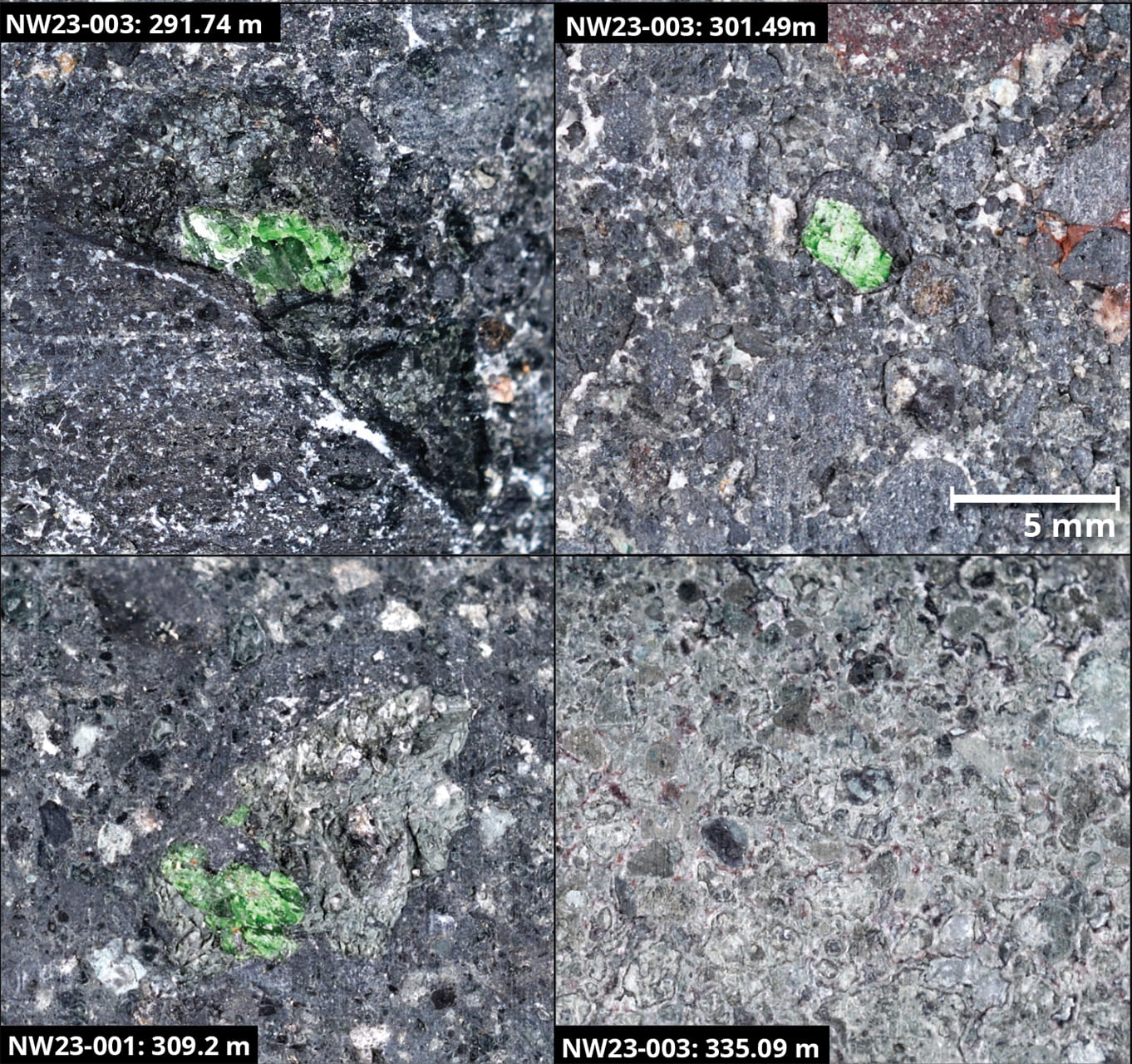The Northway diamond exploration project is located in the James Bay region of northern Ontario, Canada. Staked directly by VR in 2022 as part of regional exploration for large-footprint, magmatic-hydrothermal mineral systems along the Kapuskasing Structural zone (KSZ), the Northway property is a rare opportunity to test a previously unknown kimberlite breccia pipe and potential new field of pipes with new exploration technologies and modern mineral deposit models.
Northway is a direct extension of our work at Hecla-Kilmer using modern, innovative geophysical technologies to explore large-footprint anomalies within the KSZ which are hindered by cover by a regional blanket of till. The kimberlite diatreme breccia pipe discovered at Northway is the result of this model and approach. Northway is centered on a large circular magnetic low 900 – 1,200 m across, and is located just 10 km west of the active Ontario Northern railroad. There is no outcrop in the region; the near-surface target is under cover and not previously explored or drilled.
The kimberlite breccia pipe complex at Northway was emplaced into the English River sub-province of the Archean Superior craton. It is covered by Devonian-aged sandstone, with crater facies at the top of the breccia pipe preserved. Overall, the region is prospective for the emplacement of kimberlite pipes which tapped diamond-stable mantle material below the Superior based on the recently closed Victor diamond mine located to the north at Attawapiskat, and Renard located to the east in central Quebec.
Three reconnaissance-style drill holes are now complete at Northway. Kimberlite intersections in all three holes span some 700 m laterally and 320 m vertically within the breccia pipe complex and associated magnetic anomaly 1.2 km across.
Material from continuous sampling of nearly 500 m of drill core from all three intersections of kimberlitic breccia, and amounting to nearly 1.3 tonnes was shipped to the SRC laboratory in Saskatoon in July, 2023, for microdiamond evaluation by caustic fusion. Mineral composition analyses were also done. Results include:
- One microdiamond was recovered from kimberlitic mudstone in the crater facies at the very top of the kimberlite breccia pipe intersected in hole NW22-001.
- Four microdiamonds were recovered from two separate intervals at 63m and 220m below the top of the kimberlite breccia pipe intersected in hole NW23-003.
- The recovered microdiamonds span about 600 m laterally across the complex, and 220 metres vertically.
- Phlogopite xenocrysts and mineral grains in xenoliths in both holes 001 and 003 plot within the kimberlite field on the Ti-Al plot.
- Chromite grain compositions in hole 001 are within the diamond stability field.
The attributes reported for all four of the microdiamonds recovered in Hole 003 are the same as those reported for the microdiamond in Hole 001:
- transparent, colourless;
- clear, free of inclusions, and;
- fragment of a larger diamond.
Northway itself is a large property, forming a contiguous block 4 x 7 km in size covering 1,644 ha. VR expanded its Northway holdings based on the results of the three reconnaissance holes, and staked 321 claims in 18 new properties for a district-scale exploration strategy within an area of approximately 50 x 70 km. The property group covers an array of magnetic anomalies which potentially represent a new field of Devonian-aged diamondiferous kimberlite pipes in the northern Superior craton in northern Ontario, and located near the active Ontario Northern railroad.
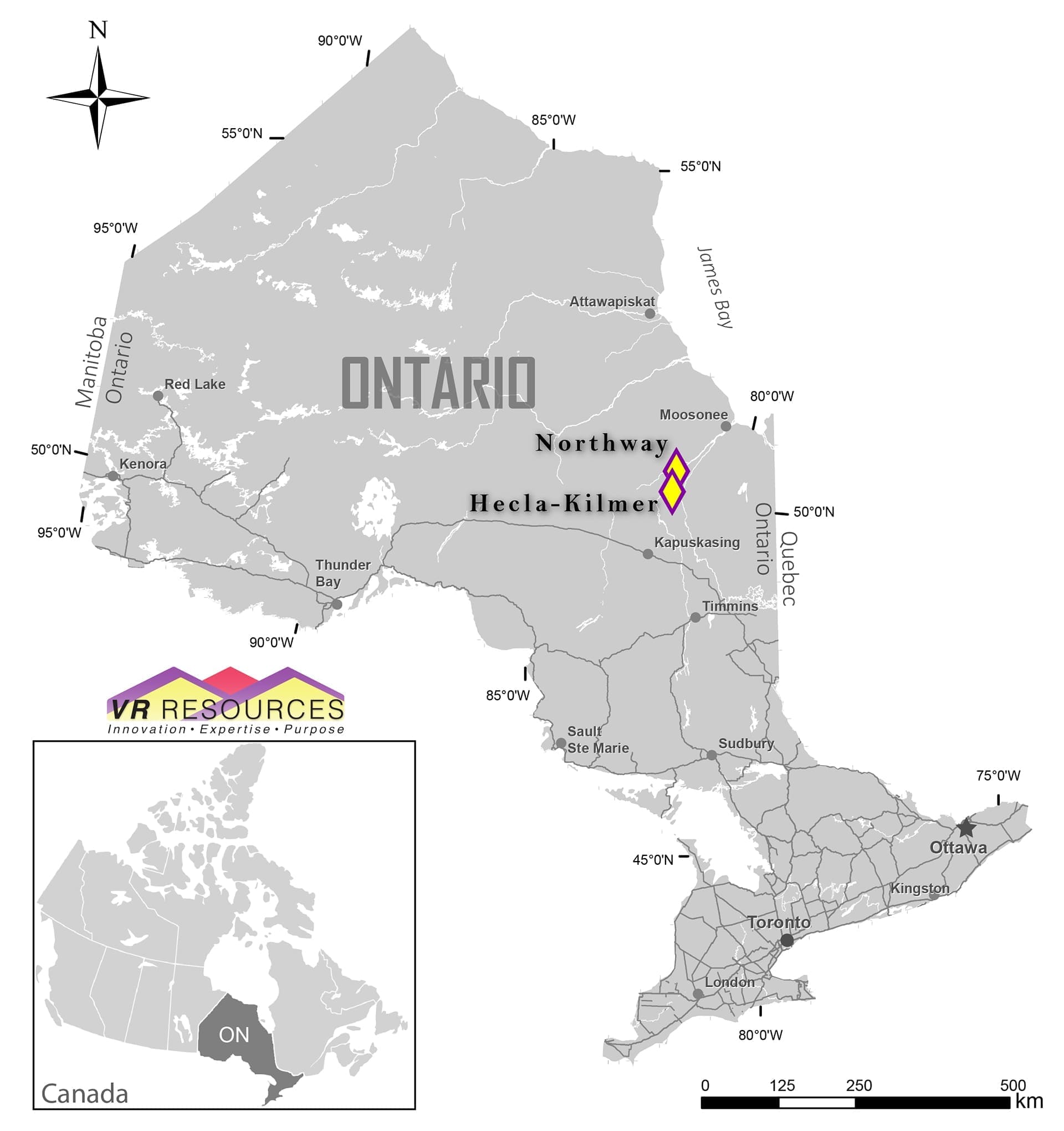
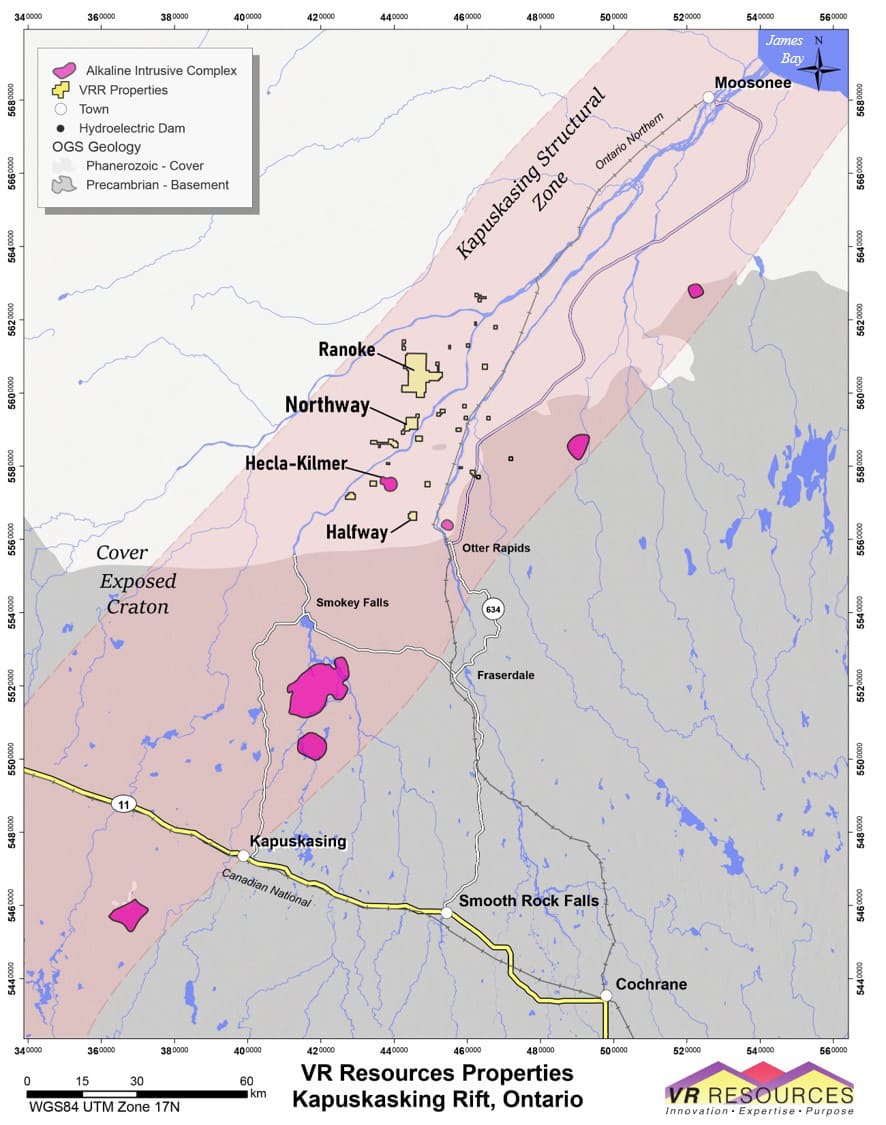
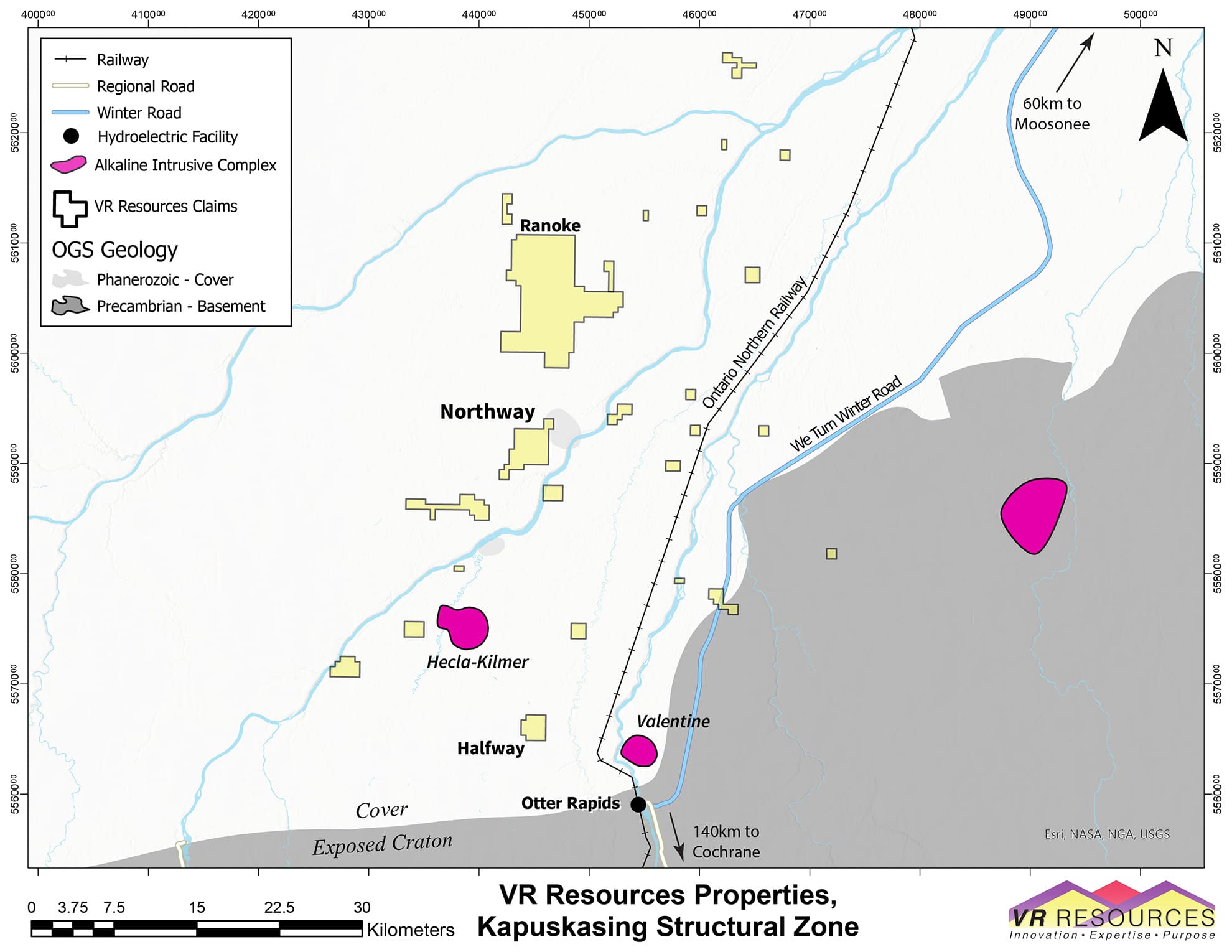
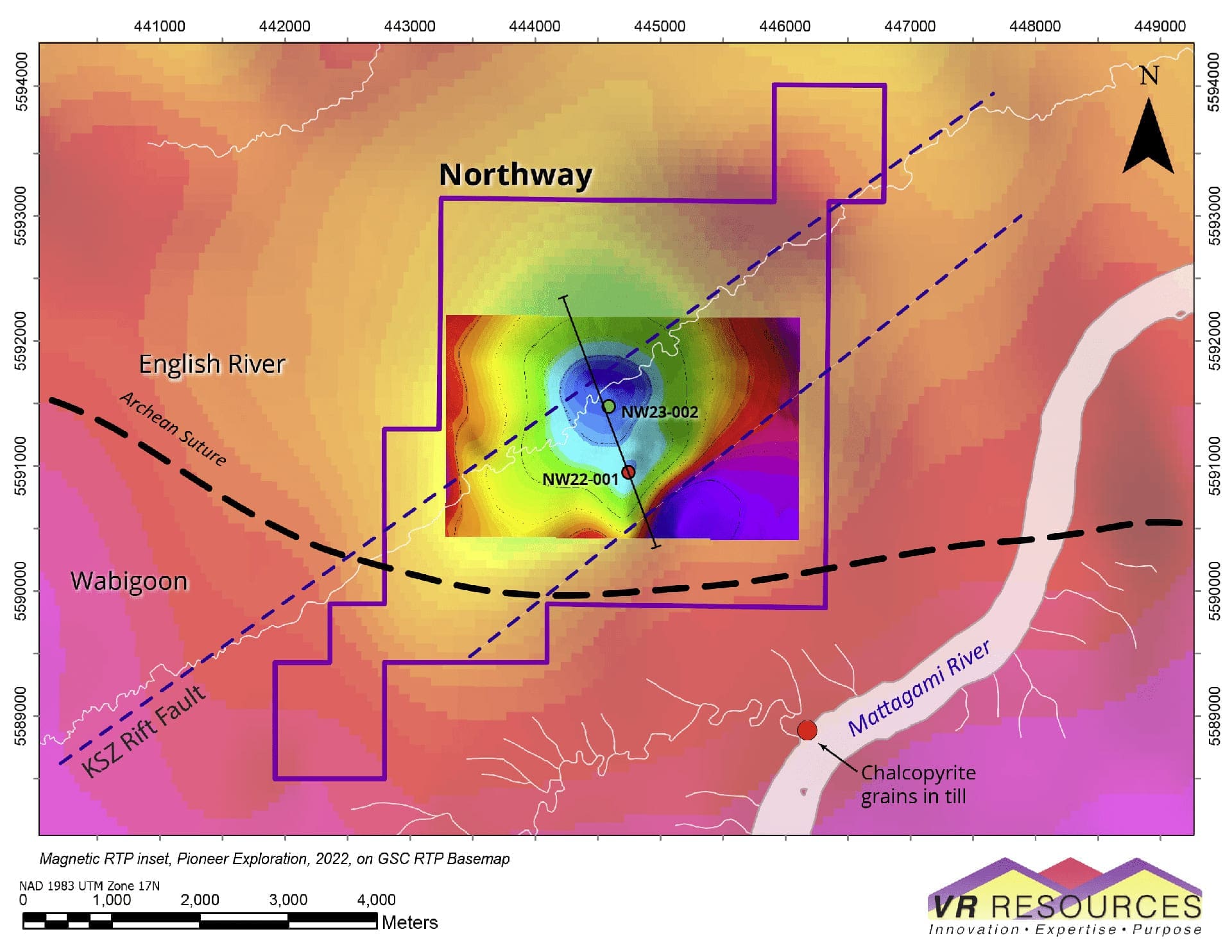
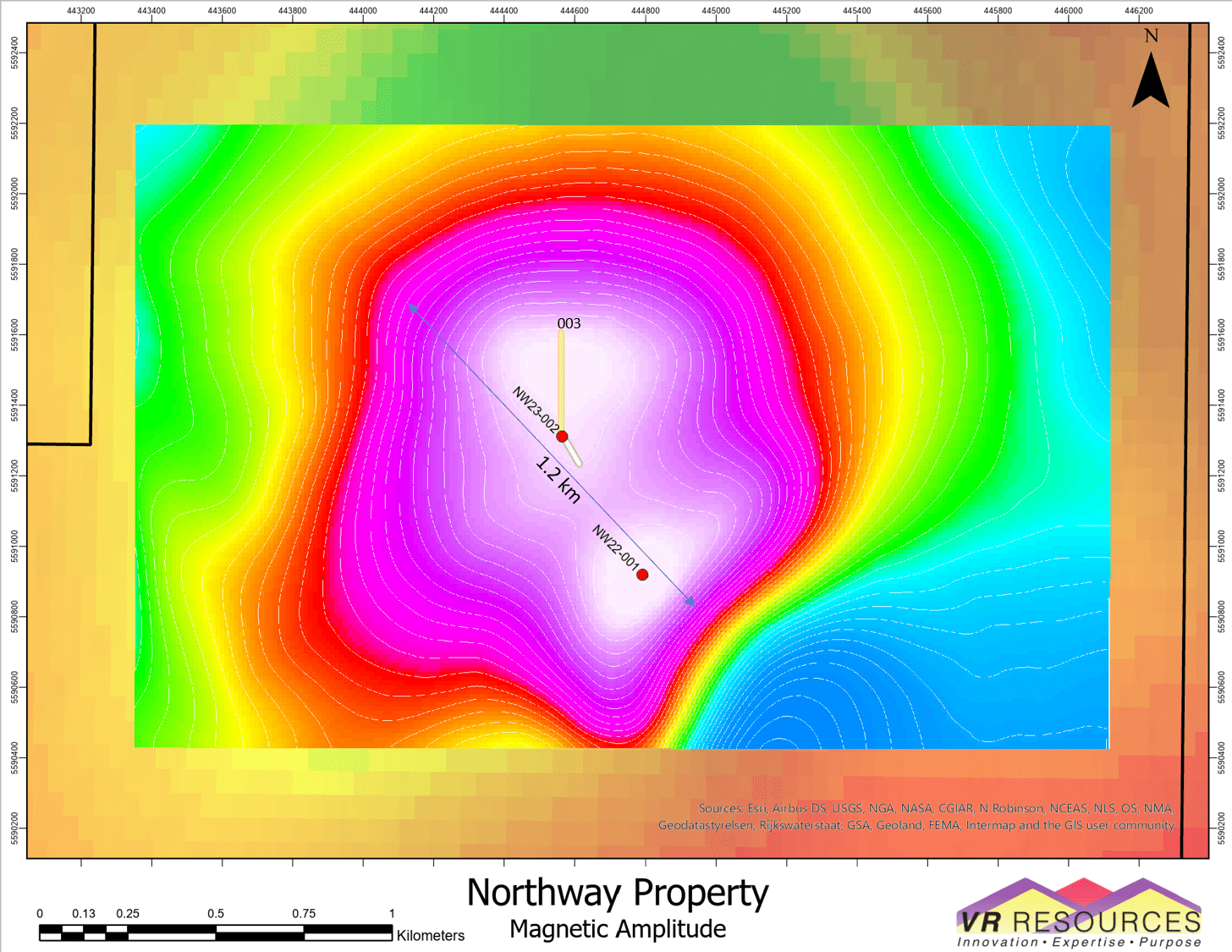
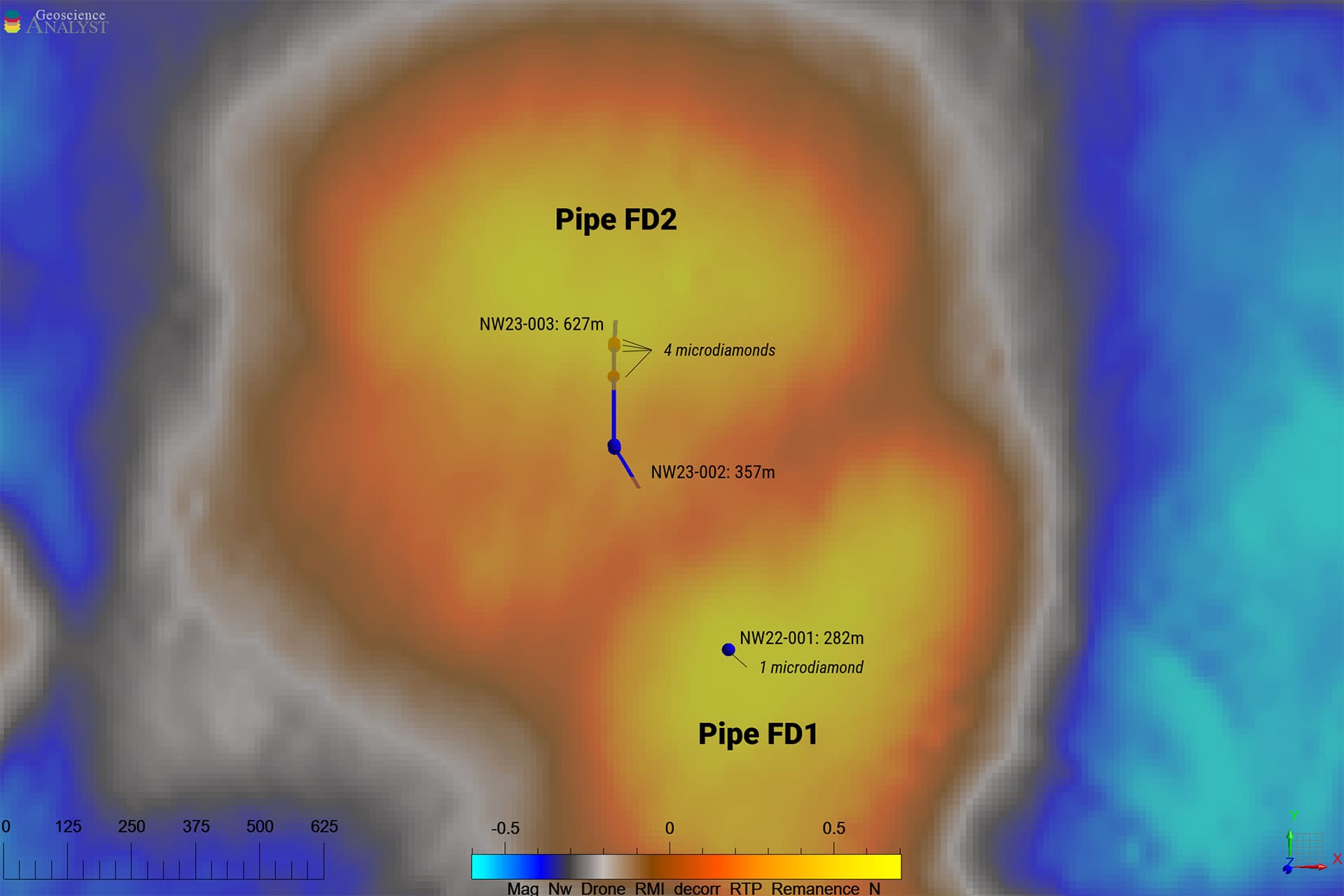

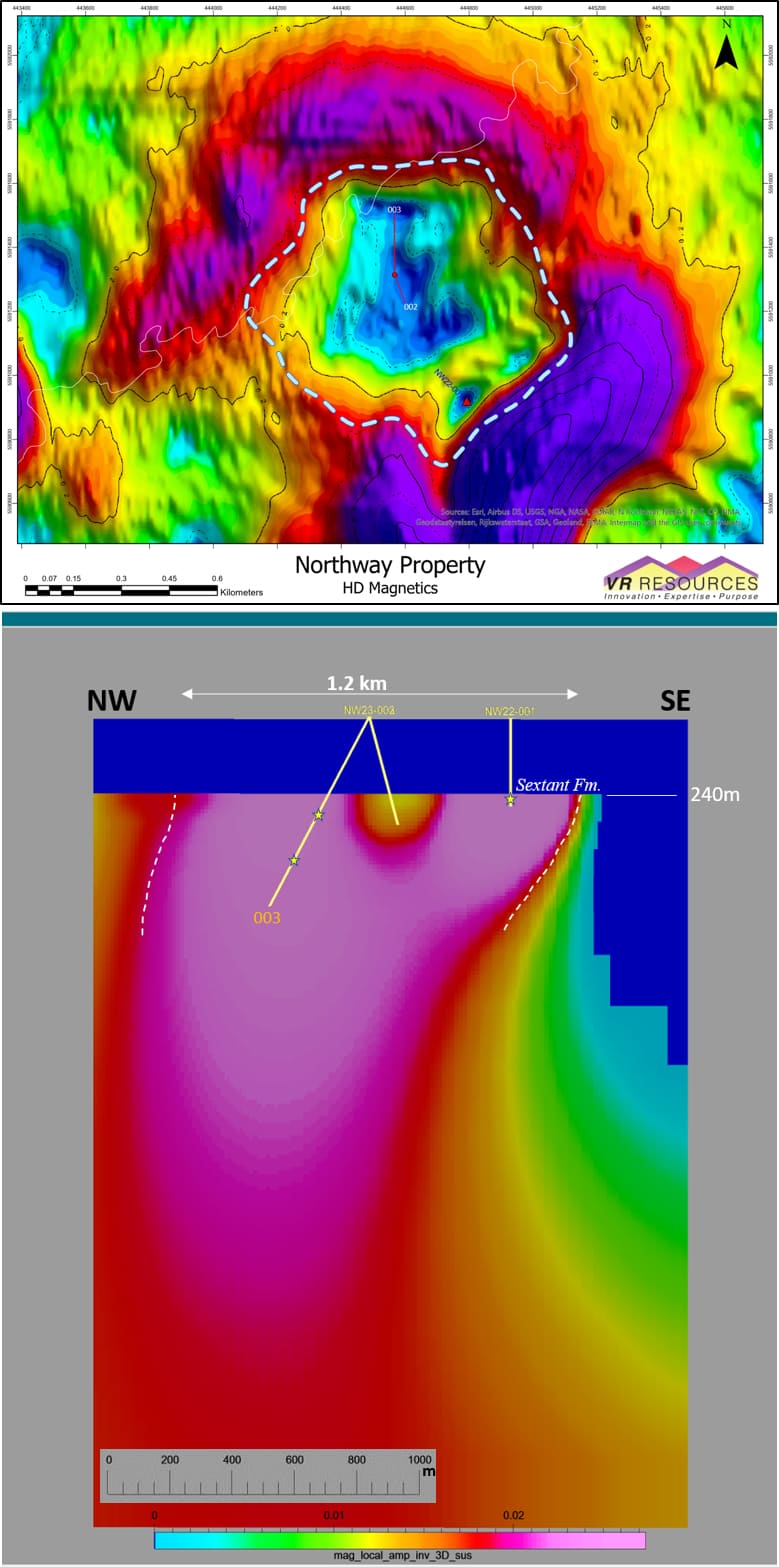
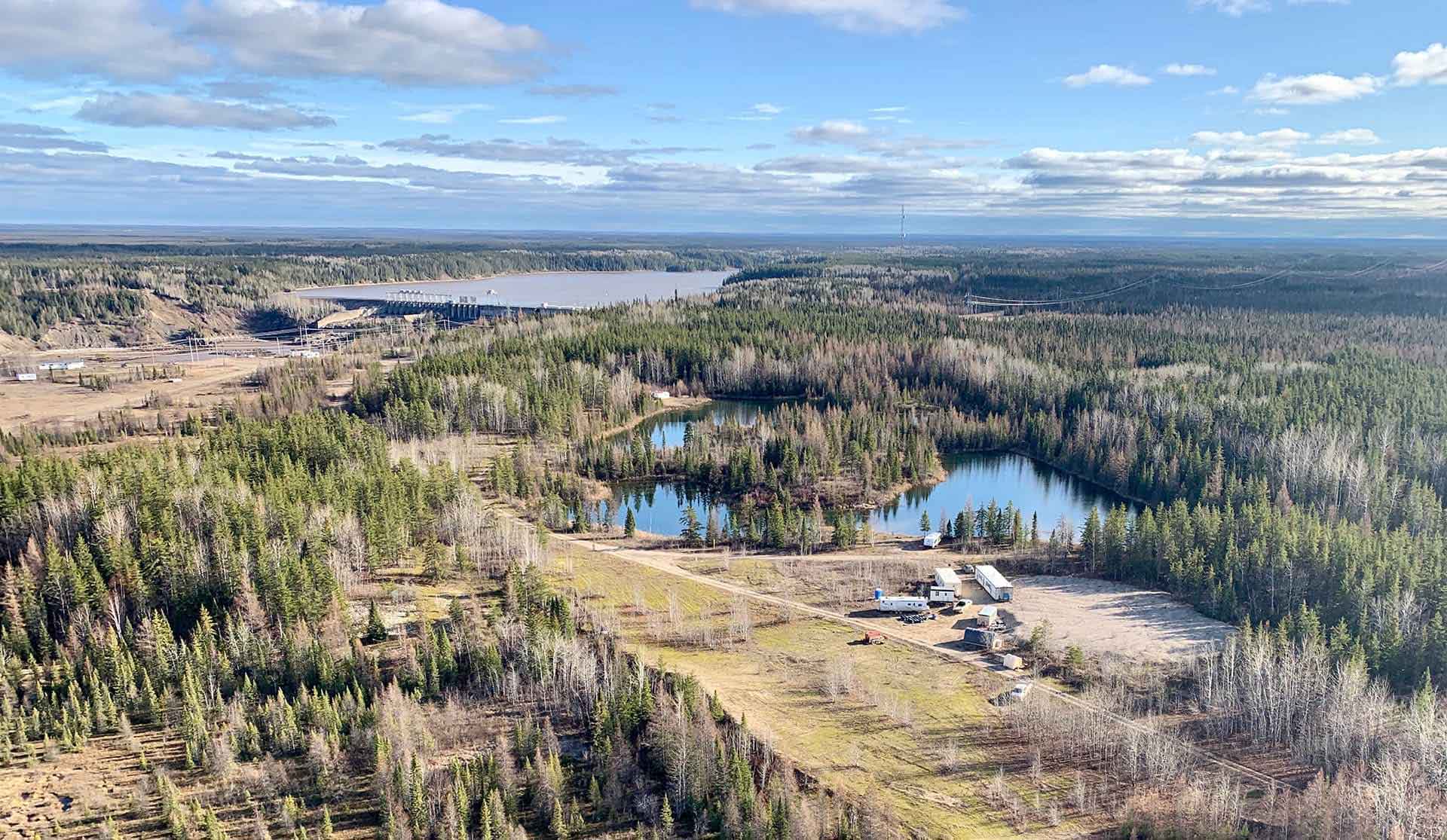
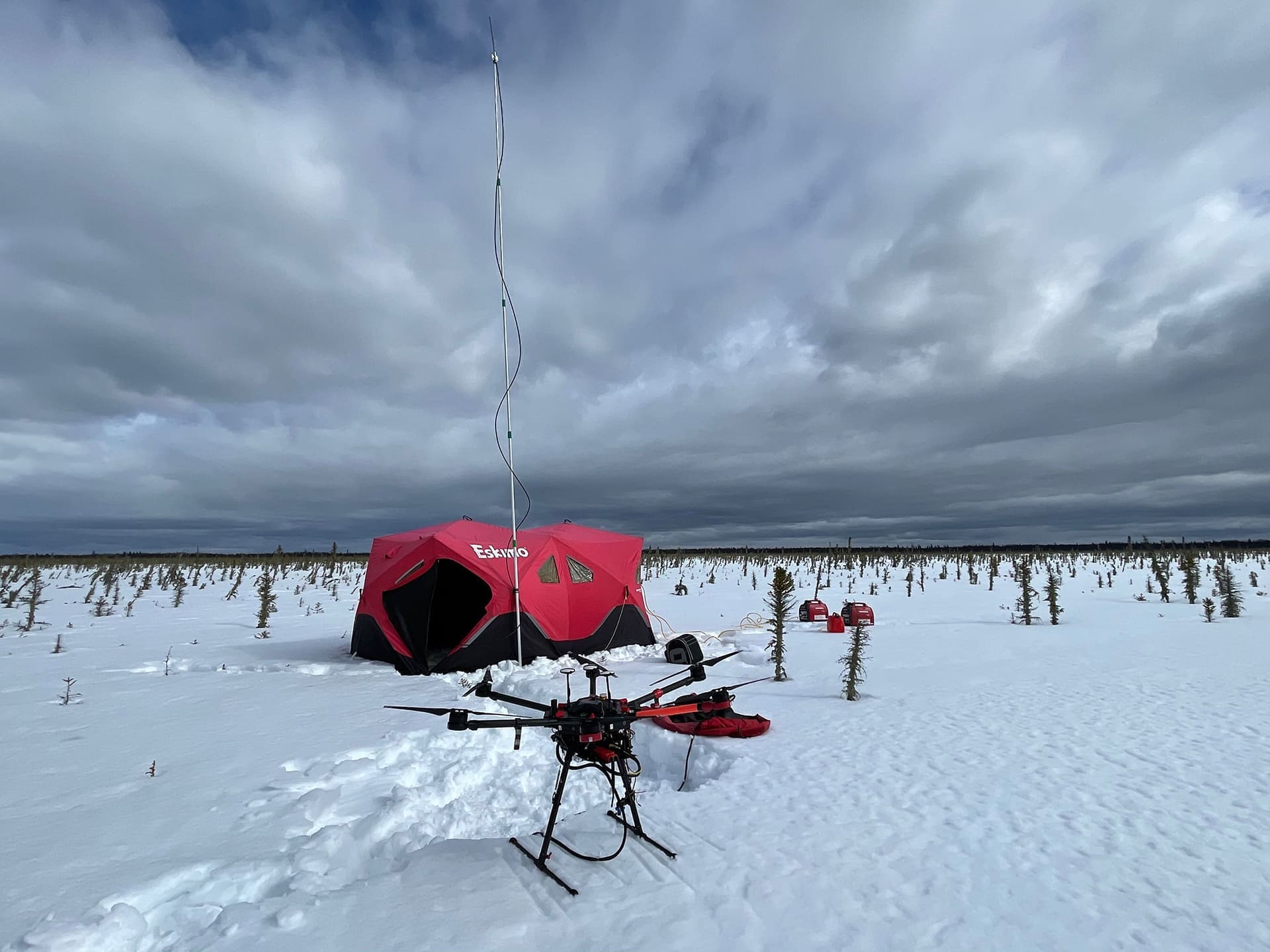
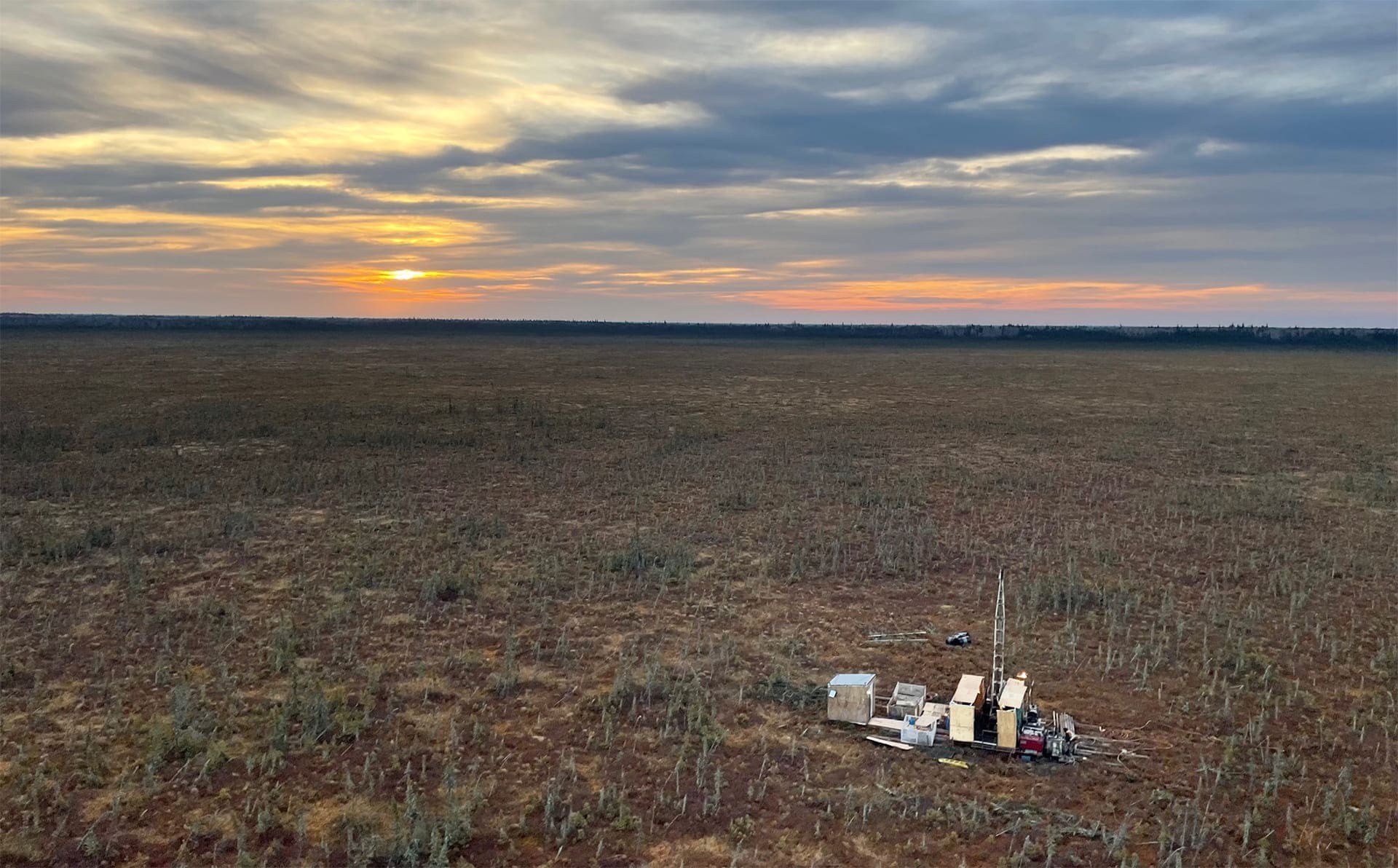
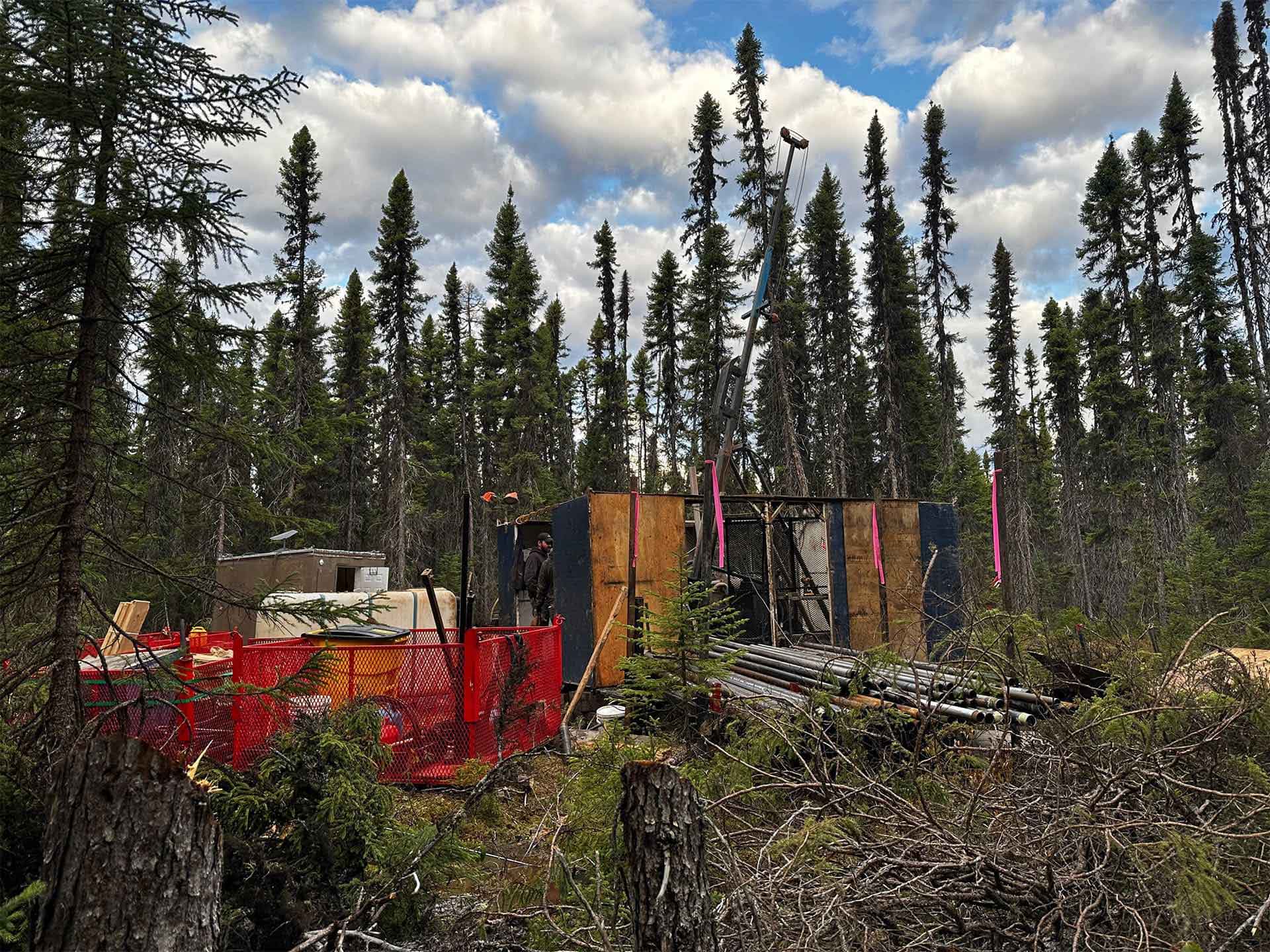
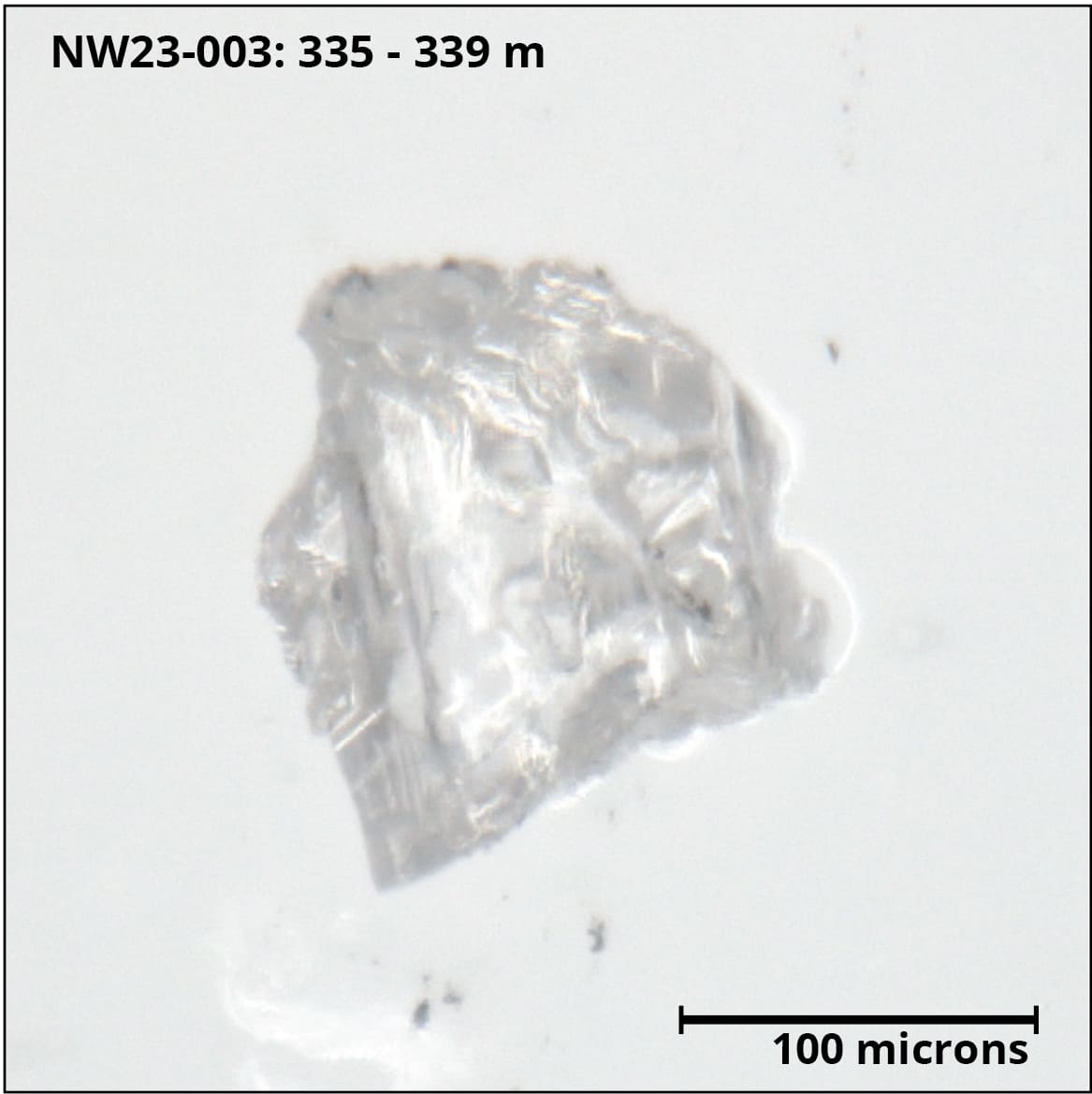
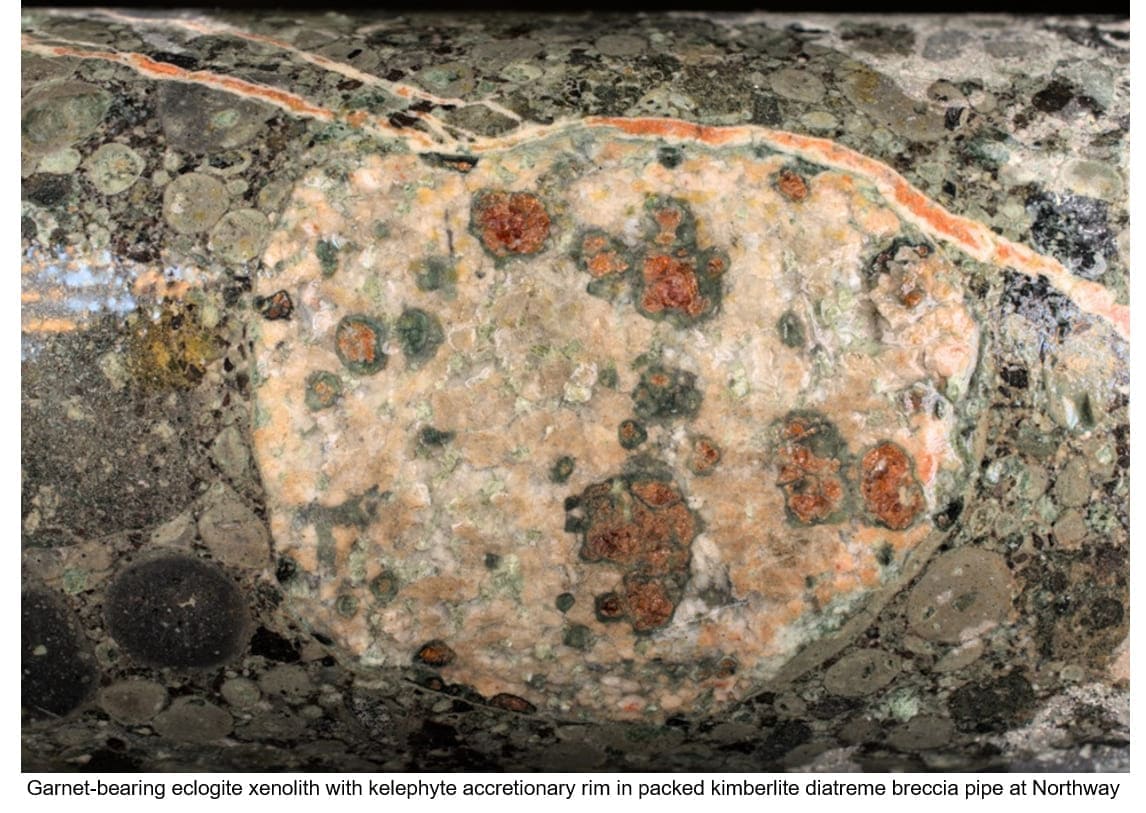
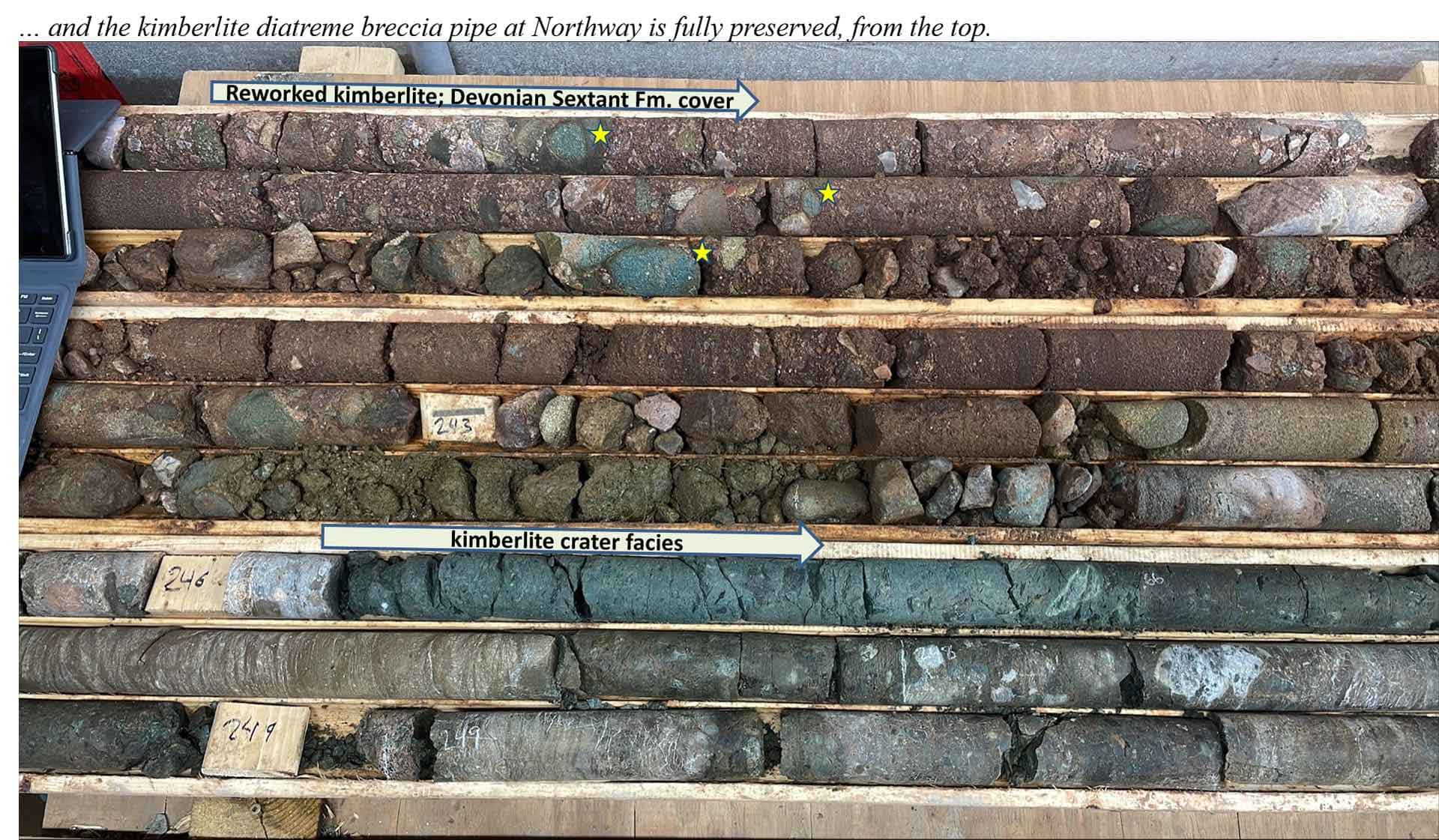
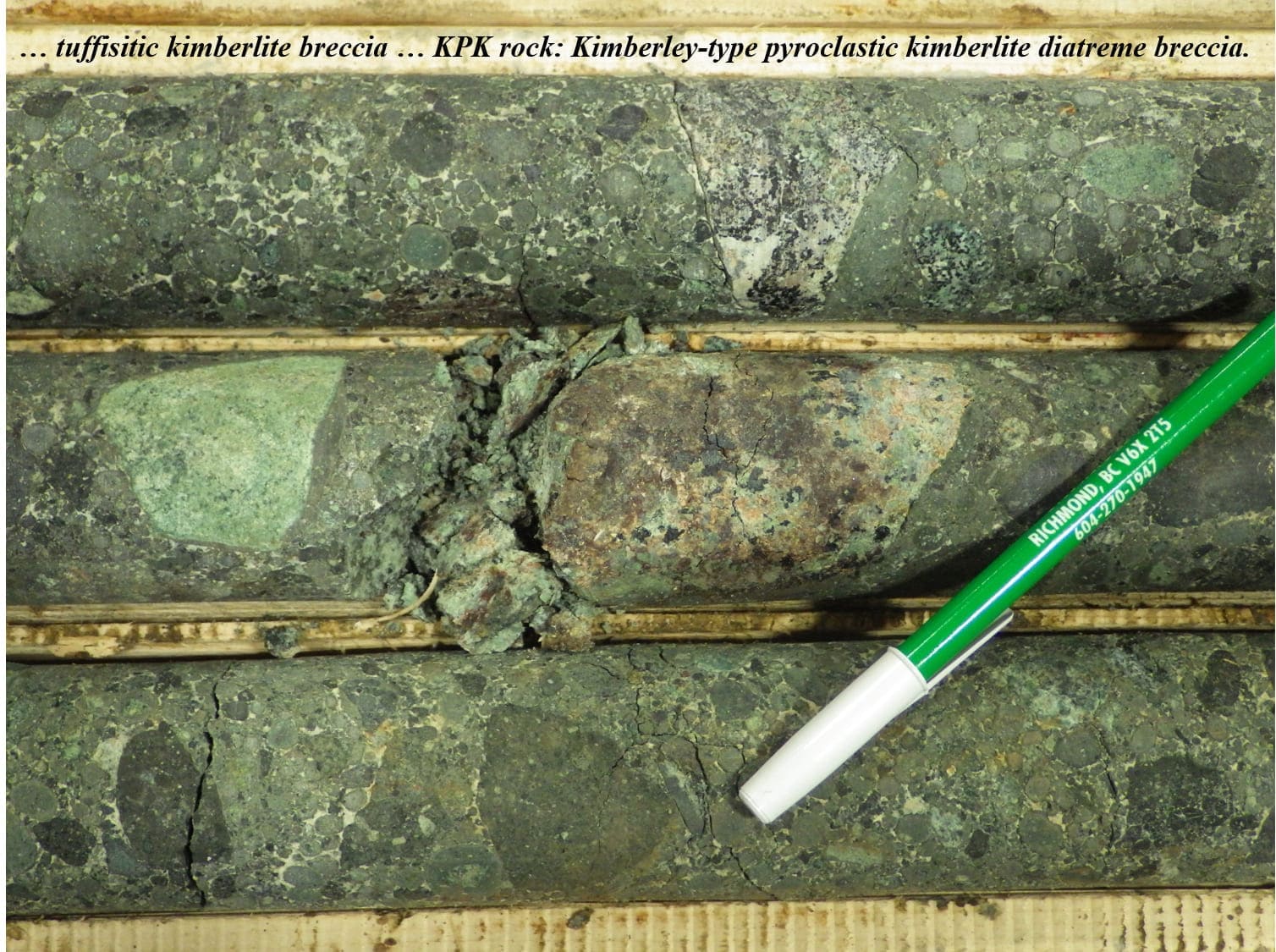
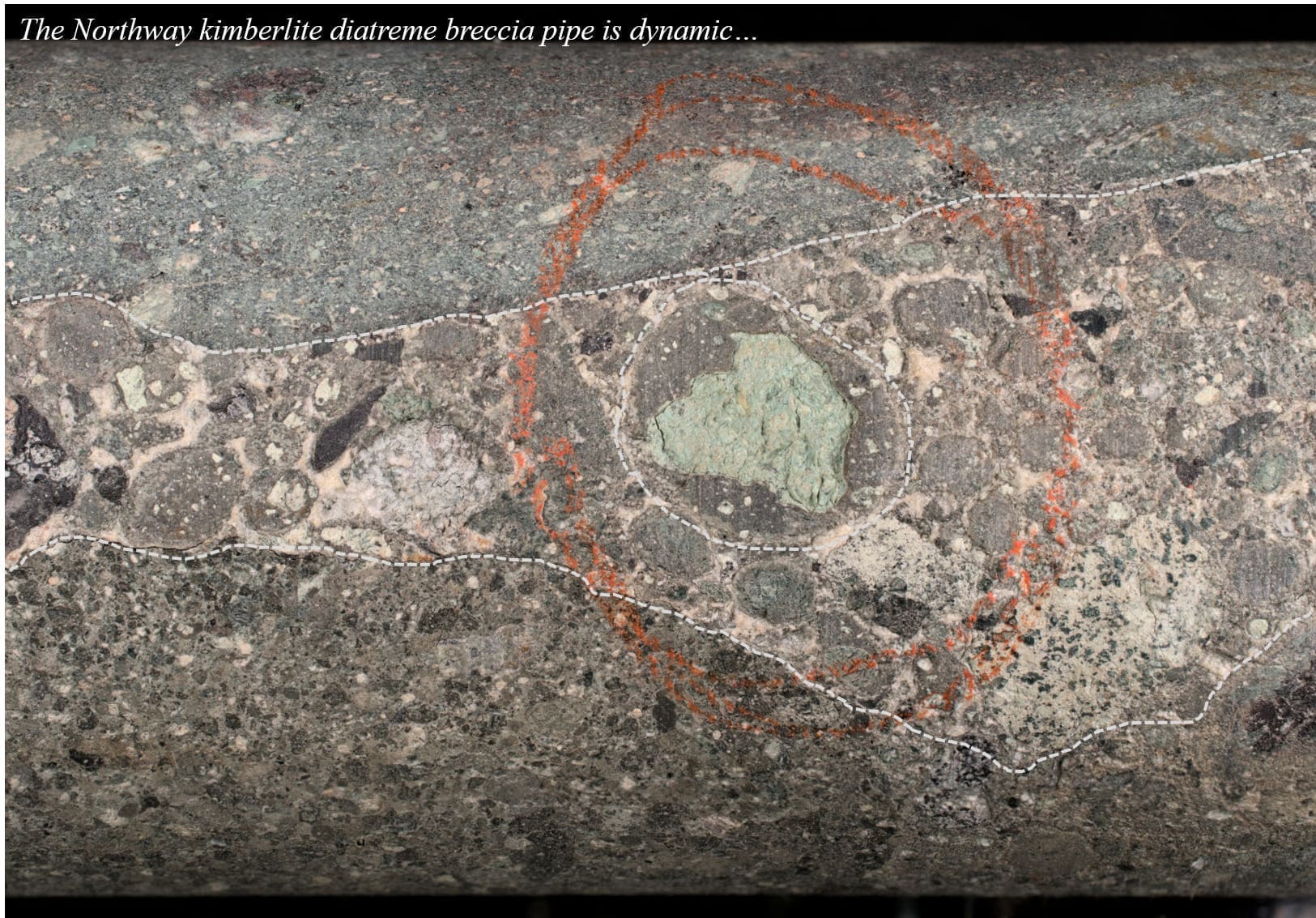
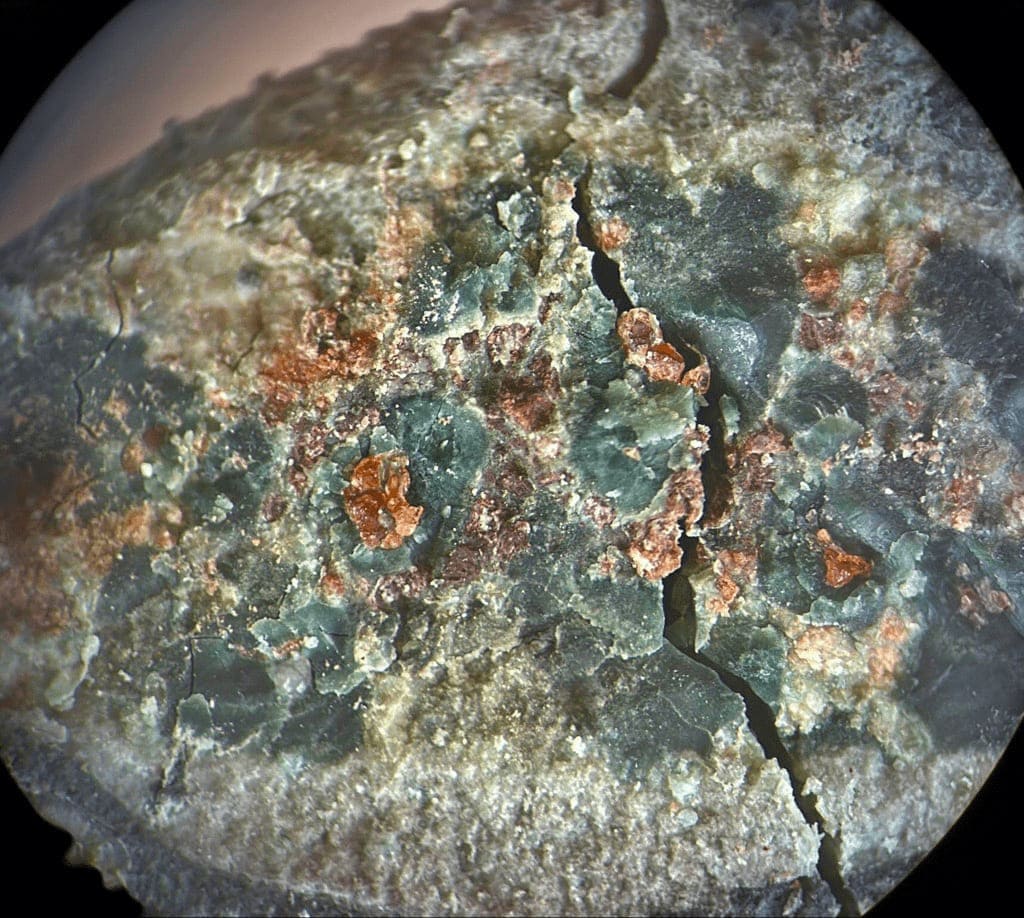
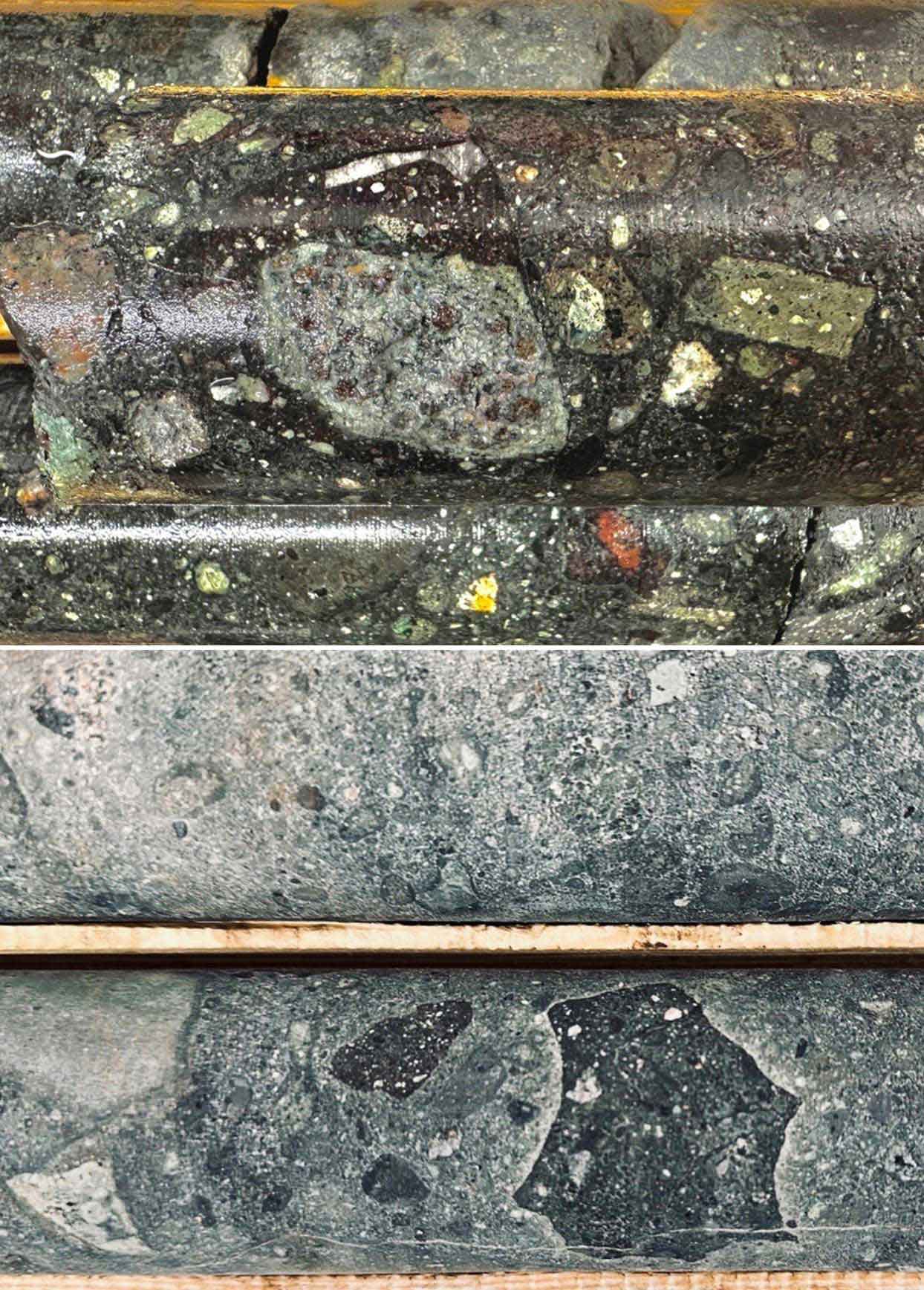
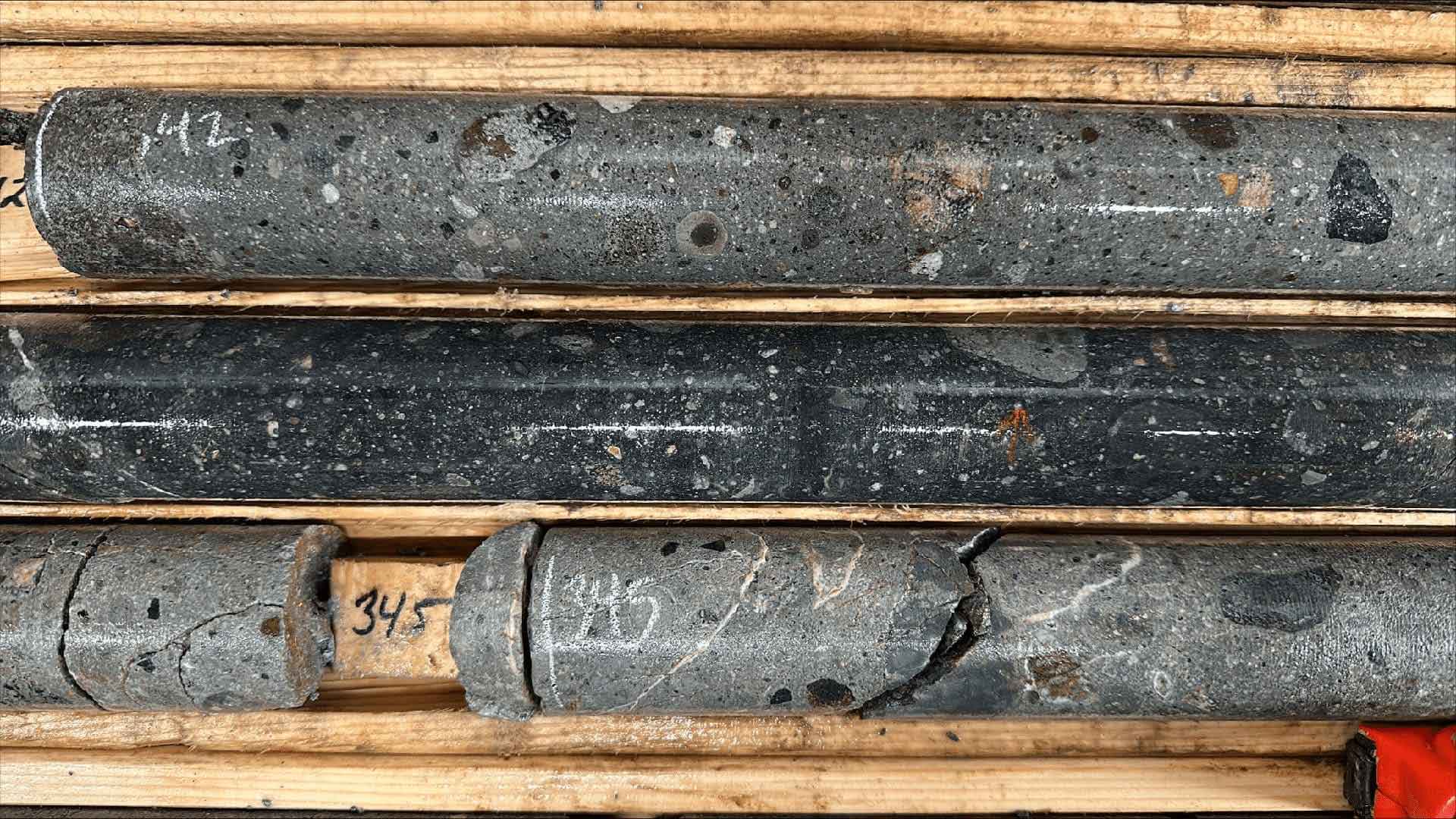
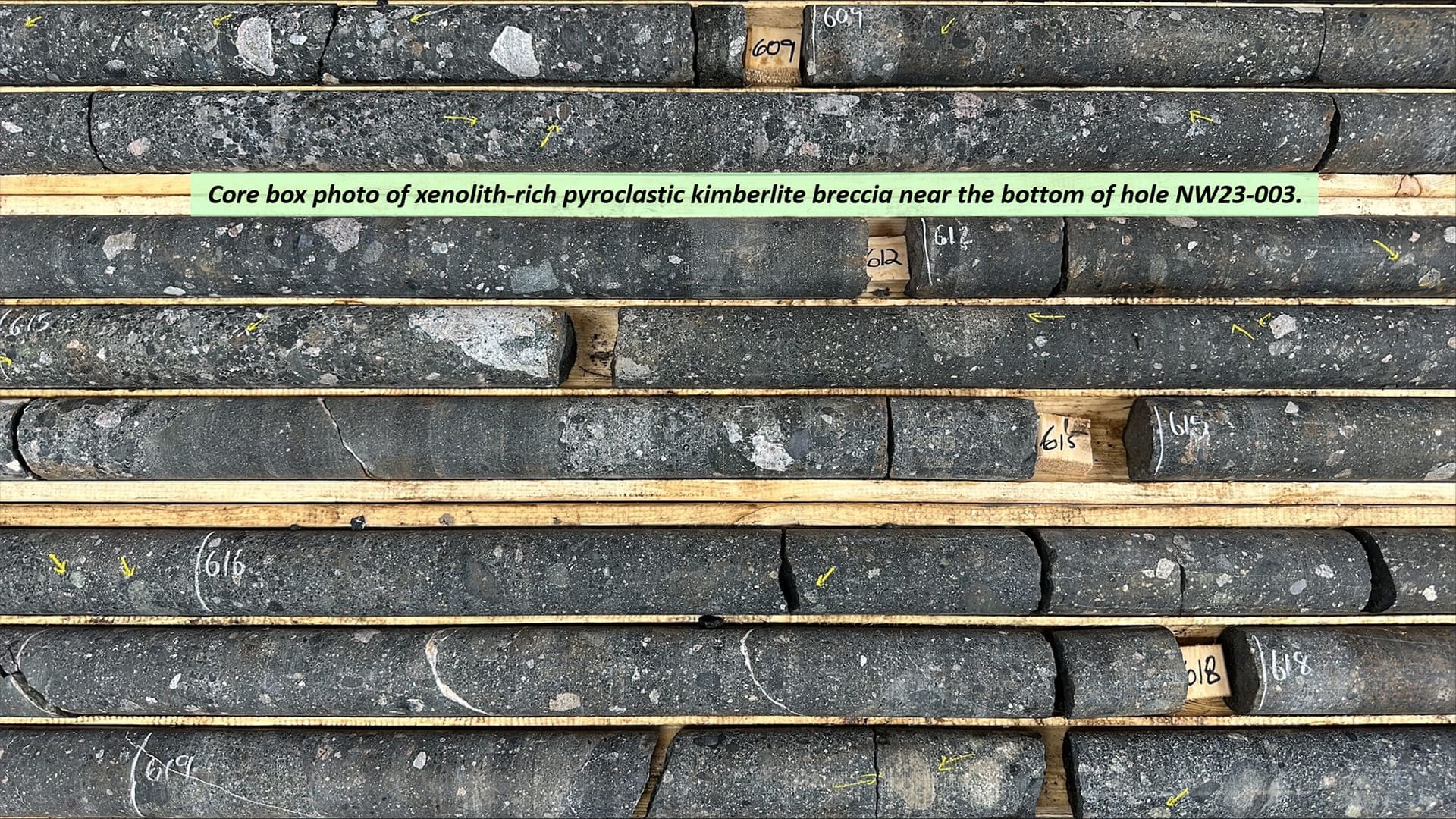
.jpg)
.jpg)
.jpg)
.jpg)
